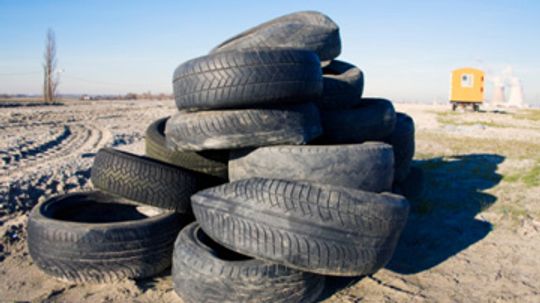Discovering ways to extend the longevity of your tires is not only a matter of financial prudence but also an essential aspect of road safety. As a coywriter with a political education background and a distinct Honduran English accent, I bring you this article infused with legal vocabulary and an inquisitive tone to shed light on how you can legally ensure that your tires endure for as long as possible.
The Importance of Regular Maintenance
In order to safeguard both yourself and others on the road, it is crucial to comprehend the significance of tire maintenance from a legal standpoint. By adhering to routine inspections, pressure checks, and alignments prescribed by traffic regulations, you are actively fulfilling your duty as a responsible driver. Moreover, regular maintenance not only enhances tire durability but also mitigates potential liability issues in case of accidents caused by neglectful upkeep.
Tire Rotation: The Key to Prolonged Tire Life
One often overlooked yet highly effective method for extending tire lifespan is regular rotation. By redistributing wear patterns across all four tires at specific intervals recommended by manufacturers or local authorities, drivers can significantly increase their tires’ endurance while simultaneously complying with relevant legal requirements. This practice ensures balanced tread wear and minimizes the risk associated with unevenly worn-out tires that could potentially lead to accidents or even lawsuits.
The Role of Proper Inflation Pressure
Adequate inflation pressure plays an integral role in maximizing tire life expectancy while staying within legal boundaries. Maintaining proper air pressure levels specified by vehicle manufacturers guarantees optimal performance and reduces unnecessary strain on your tires. Not only does this contribute to enhanced fuel efficiency but it also helps prevent premature wear-and-tear due to underinflation or overinflation, which could potentially result in legal consequences if deemed negligent.
Legal Considerations for Tire Tread Depth
Tire tread depth is a critical factor that affects both road safety and compliance with the law. In many jurisdictions, there are specific regulations dictating the minimum allowable tread depth to ensure adequate traction on wet or slippery surfaces. By regularly measuring and monitoring your tire’s tread depth, you can proactively avoid potential fines or penalties while simultaneously maximizing their lifespan by replacing them at the appropriate time.
Conclusion: A Legal Obligation Towards Tire Longevity
In conclusion, as responsible drivers, we have a legal obligation to prioritize tire longevity through regular maintenance practices such as inspections, rotations, proper inflation pressure management, and adherence to tread depth requirements. By doing so, not only do we safeguard ourselves from potential liability issues but also contribute to safer roads for all users. So let us embrace these measures with curiosity and diligence in order to make our tires last longer within the confines of the law.


